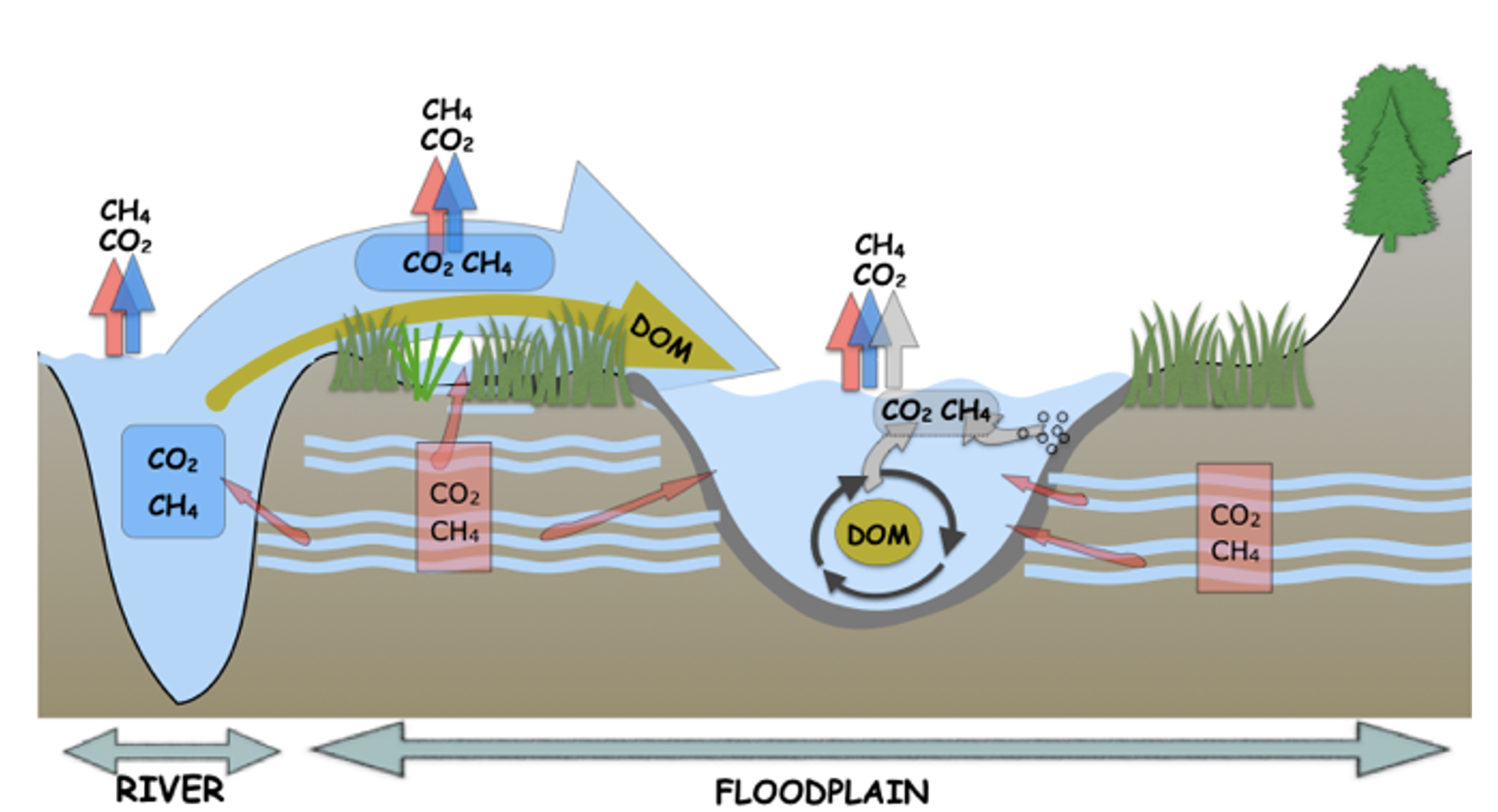FLUXFLOOD PROJECT


PI: Anna Sieczko, PhD
E-mail: anna_sieczko1@sggw.edu.pl

The impact of flooding on greenhouse gas emissions from river-floodplains
Inland waters naturally emit large amounts of greenhouse gases (GHG) such as carbon dioxide (CO2) and methane (CH4) what makes them very important elements of the global carbon cycle. However, we still have a lot of uncertainty in the global carbon (C) budget, because the amounts of GHG added into the atmosphere by some of the aquatic systems are not well quantified. One of them are river-floodplains, especially European, temperate systems. River-floodplains are truly unique systems, they possess many particular features, including high ecological productivity and provide numerous recreational, scenic and cultural services to humans. They are also hot-spots for carbon processing, by transforming C and releasing CO2 and CH4. One of the most important characteristics of river-floodplains is the occurrence of periodic flooding, when large amounts of these GHGs may be emitted (Fig. 1). Yet, we have very limited information, if and when it happens and how much of CO2 and CH4 in relation to flood extent can be liberated, especially in European, temperate systems. Lack of flood-related C emissions excludes river-floodplains from current C budgets. However, considering climate change and the rapid rise of atmospheric GHGs we need to constrain global and regional C budgets. When we have reliable assessments of GHG emissions, we can undertake actions to combat climate change.
The project aims to assess flood-associated pulse emissions of CO2 and CH4 from temperate, European floodplains and specify hot-moments and hot-spots of CO2 and CH4 release.